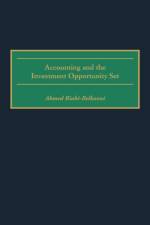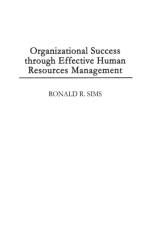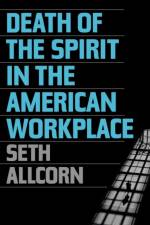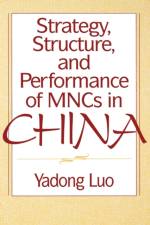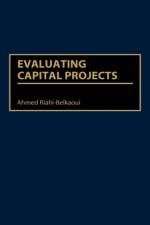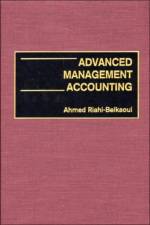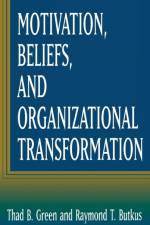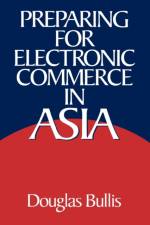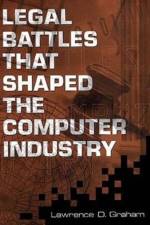av John Andrew Fey
1 387
Though he wrote more than a century ago, French author Victor Hugo (1802-1885) continues to capture the imagination of contemporary readers both in France and around the world. In the United States, he is best remembered as the author of the novel Les Mis^D'erables (1862), which has been adapted for the stage, and of Notre-Dame-de-Paris (1831), more commonly known to Americans as The Hunchback of Notre Dame. But Hugo was also a poet and dramatist, a great religious and social thinker, and one of the most important shapers of French Romanticism. As a poet, he created new verse forms, explored historical and mythological themes, and criticized social issues of his time. Through his drama, he united prose and poetry and examined the politics of England and Spain. In all of his works, he discussed such theological and social issues as the problem of evil, the nature of war and peace, and the problems of capital punishment.The volume begins with a short biography that places Hugo within the context of 19th-century France. The biography tells of his early years during which he began to form his religious and political views, his maturation as a writer and thinker during the 1830s, and his political exile, during which he wrote some of his finest poetry. The alphabetically arranged entries that follow discuss his works, characters, themes, and ideas, as well as historical persons and places that figured prominently in his life and writings. Many of the entries cite sources of additional information, and the volume closes with a selected, general bibliography.

